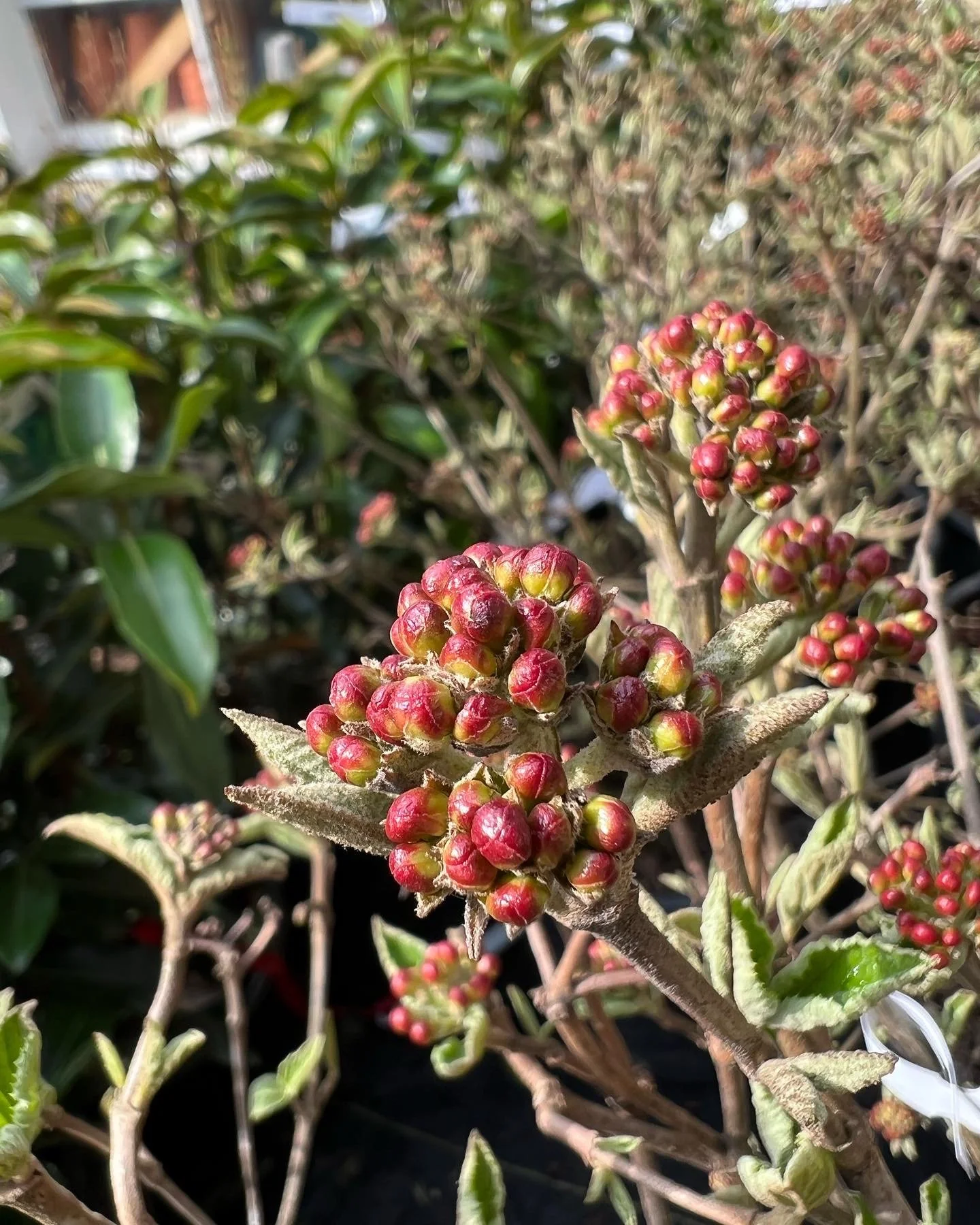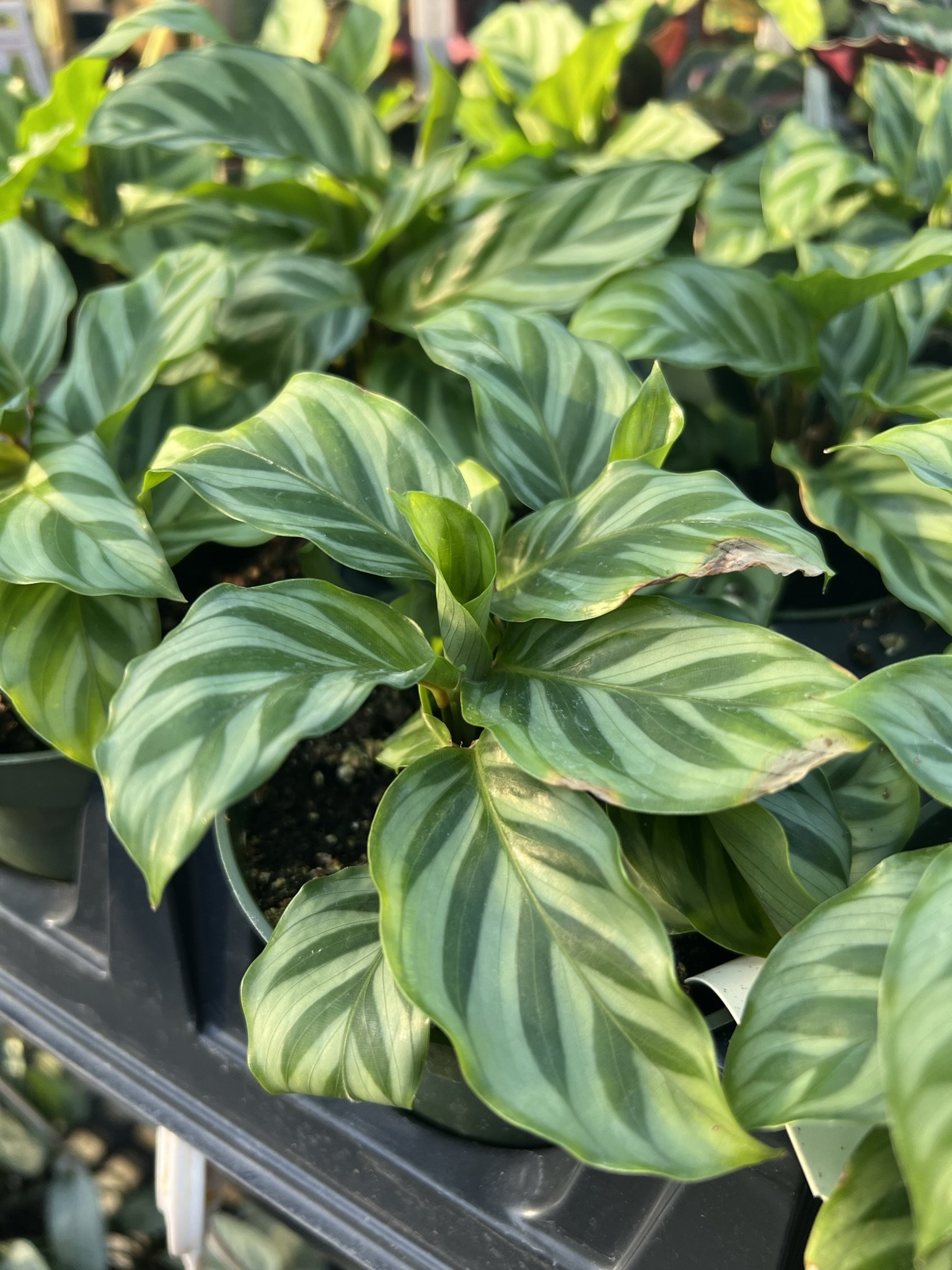
Plant Profile: Viburnum
When it comes to versatile and attractive shrubs for your garden, few options rival the beauty and functionality of viburnums. They are cherished by gardeners worldwide for their

Dogwoods: A Native Beauty
The species Cornus florida, Flowering Dogwood, is one of the most recognizable and beloved of all our native early flowering trees. The large showy bracts (commonly called showy flowers)

Camellias: A Winter Star
The best remedy to a cold dark winter is the promise of late winter/early spring’s first blooms. No other flowering shrub quite does that with such panache as the genus Camellia.

Plant Profile: Calathea
Calathea (syn. Goeppertia) is a widely available genus of tropical plants suitable for indoor growing with as many as 10 species commonly sold in garden centers and houseplant boutiques

Plant Profile: Rhaphidophora tetrasperma
I’ve found Rhaphidophora tetrasperma to be one of the easiest and most forgiving plants in my personal collection. Propagation is simple- just cut a piece of the vine below a node, place them in water for a few days or so until you see the white roots develop, then plant into moist soil.

Plant Profile: Monstera deliciosa
Monstera deliciosa is known commonly as the split leaf philodendron or swiss cheese plant. This flowering tropical native to southern Mexico can be found growing in the wild

Air Plants to Hang Around With
Watering and draining properly are the most critical care factors. This will vary due to light, heat and humidity of location. Mist 1-2 times a week or soak to maintain a healthy appearance;
